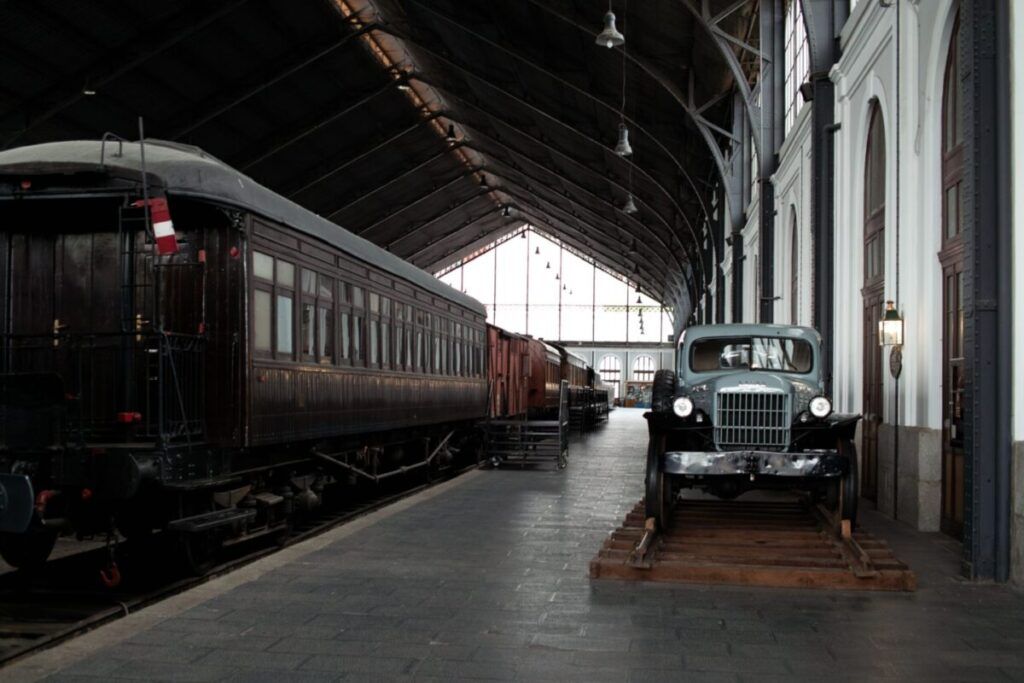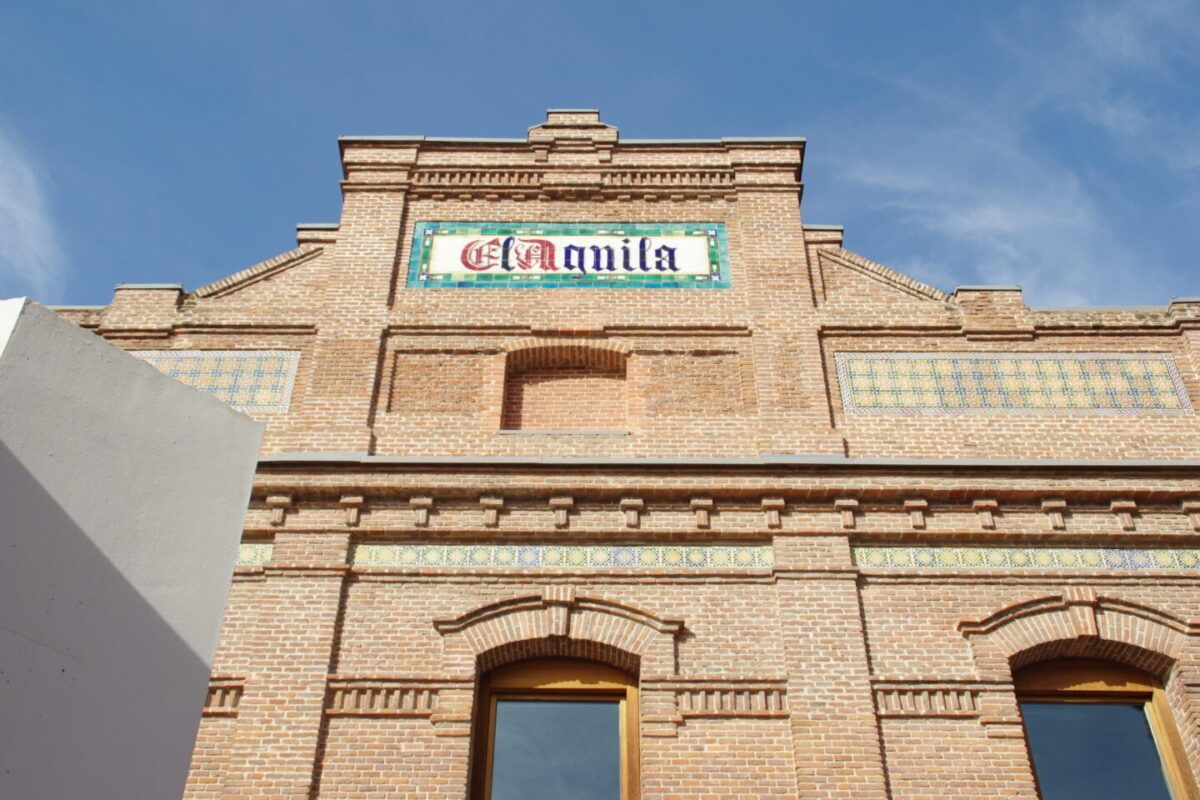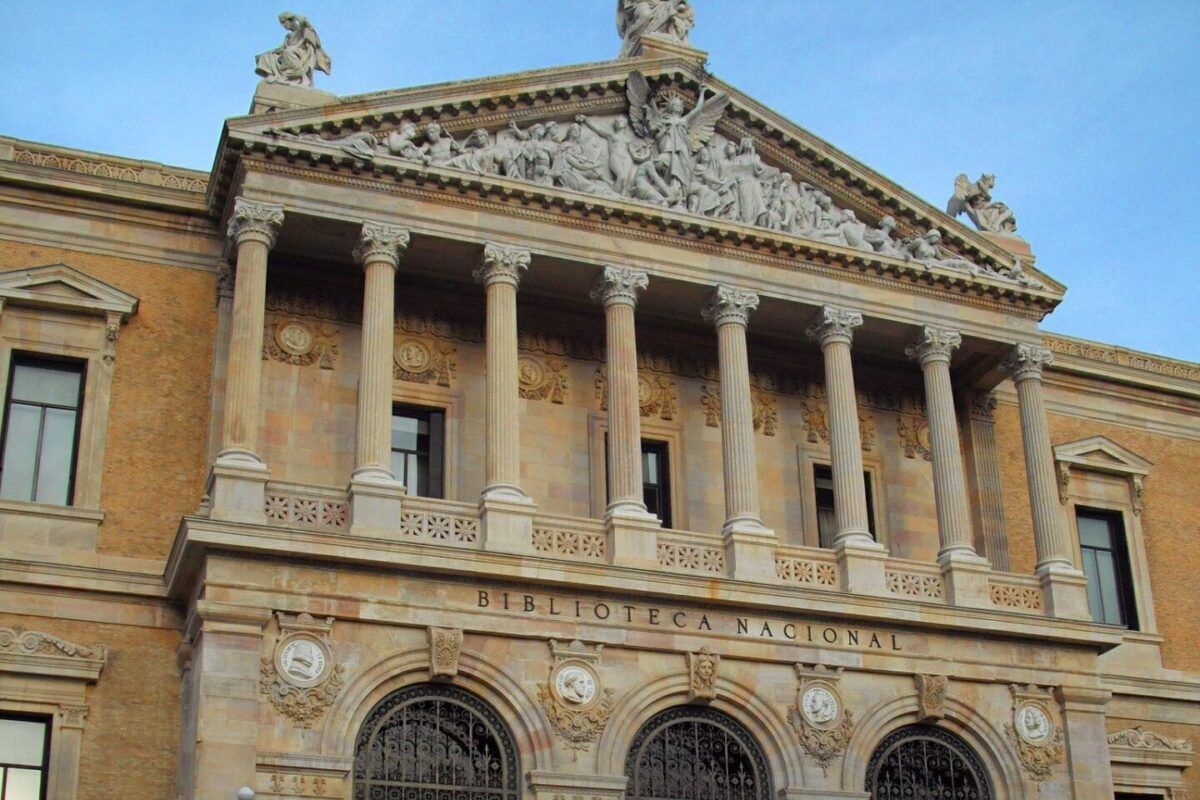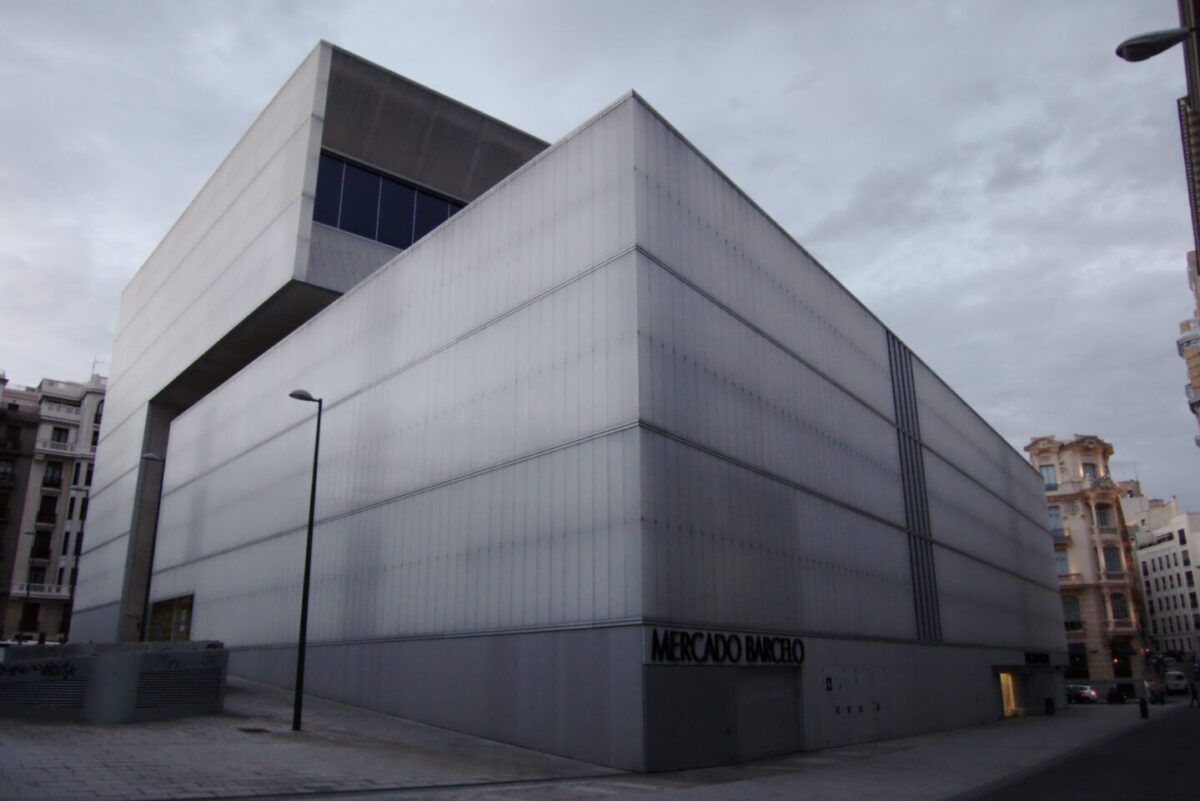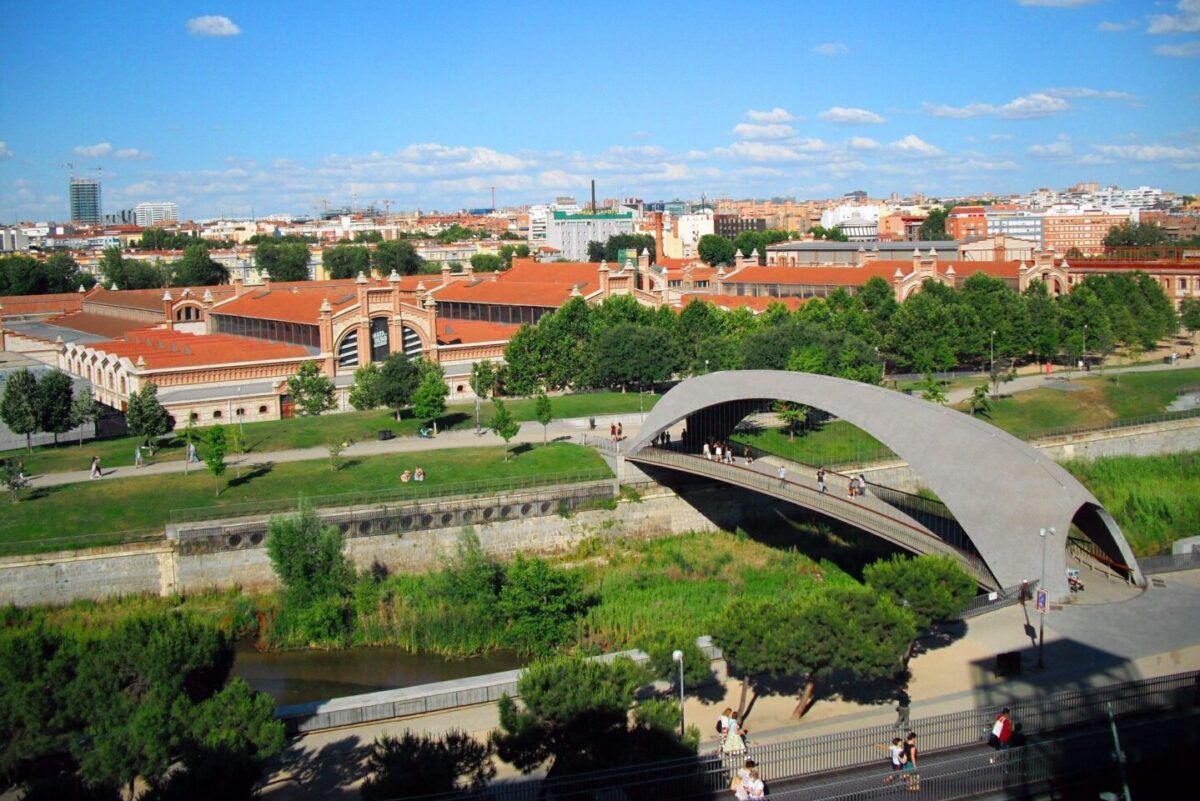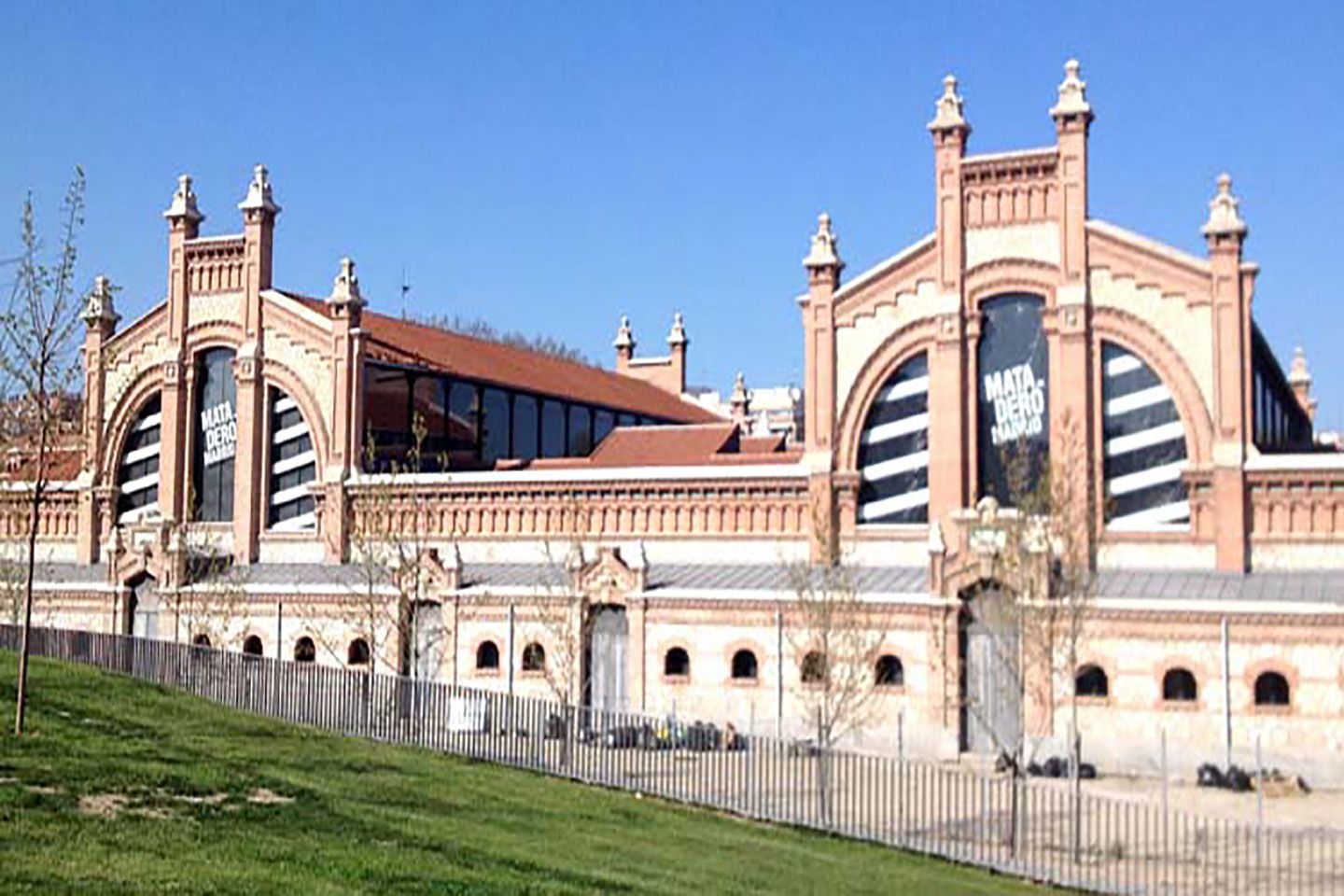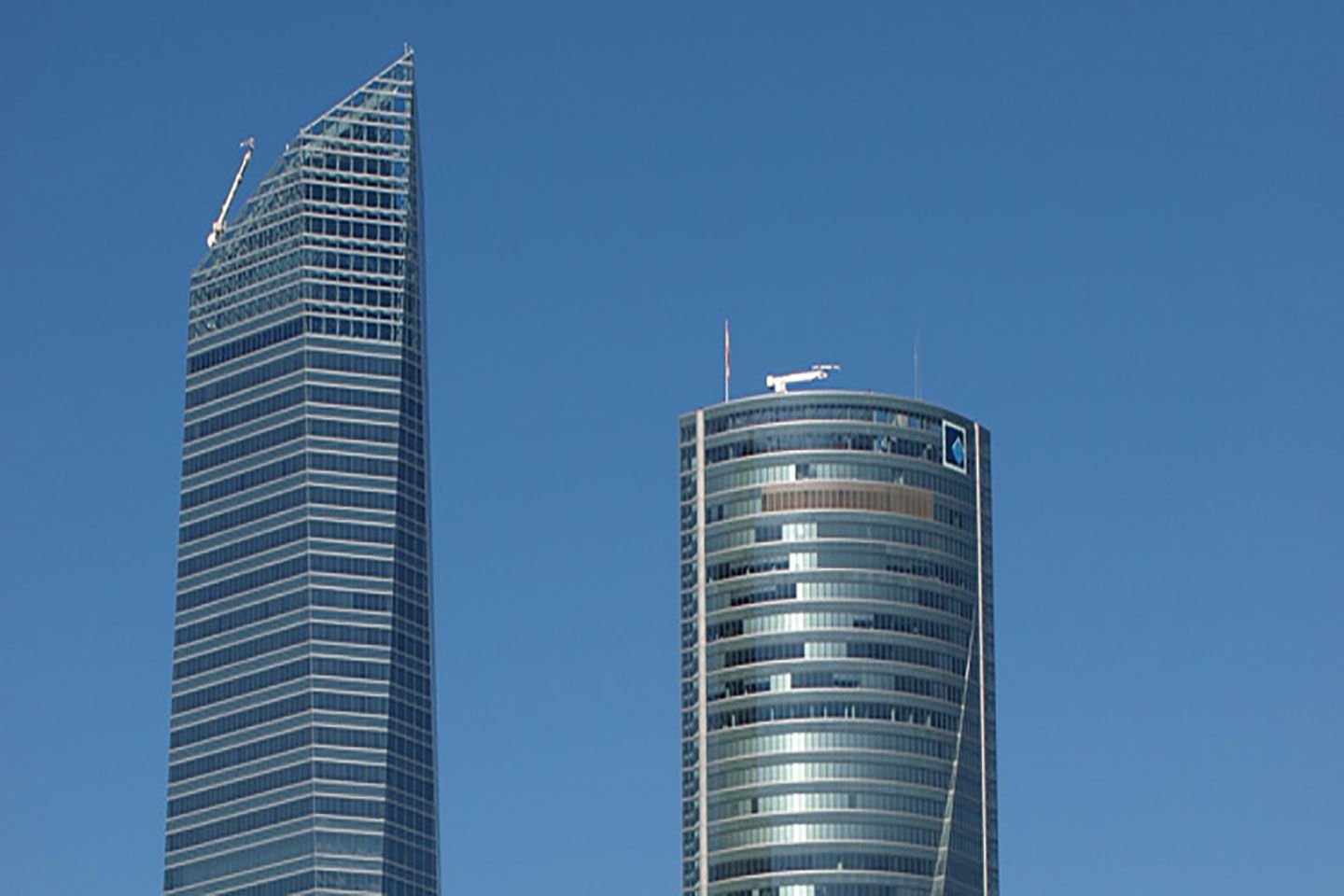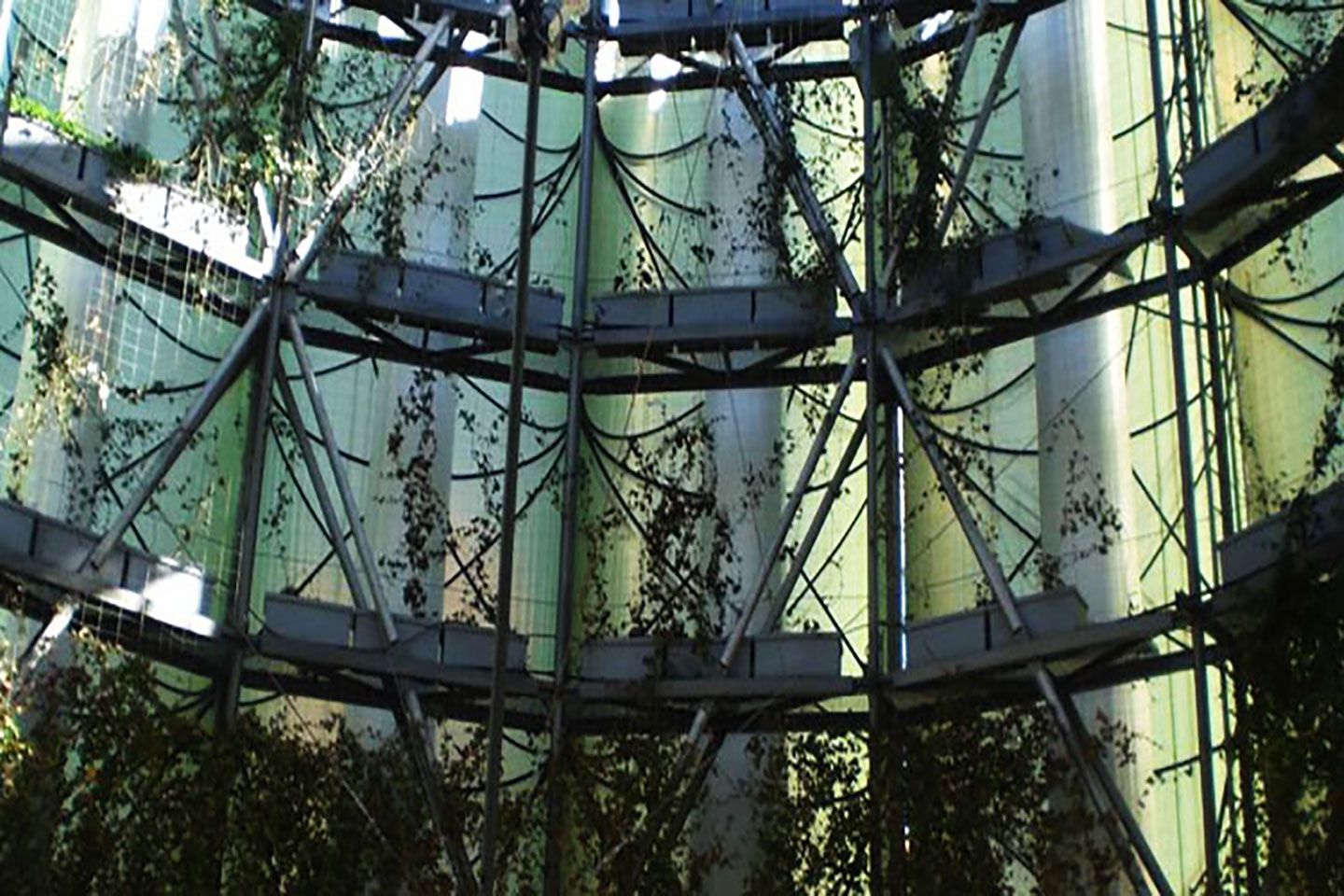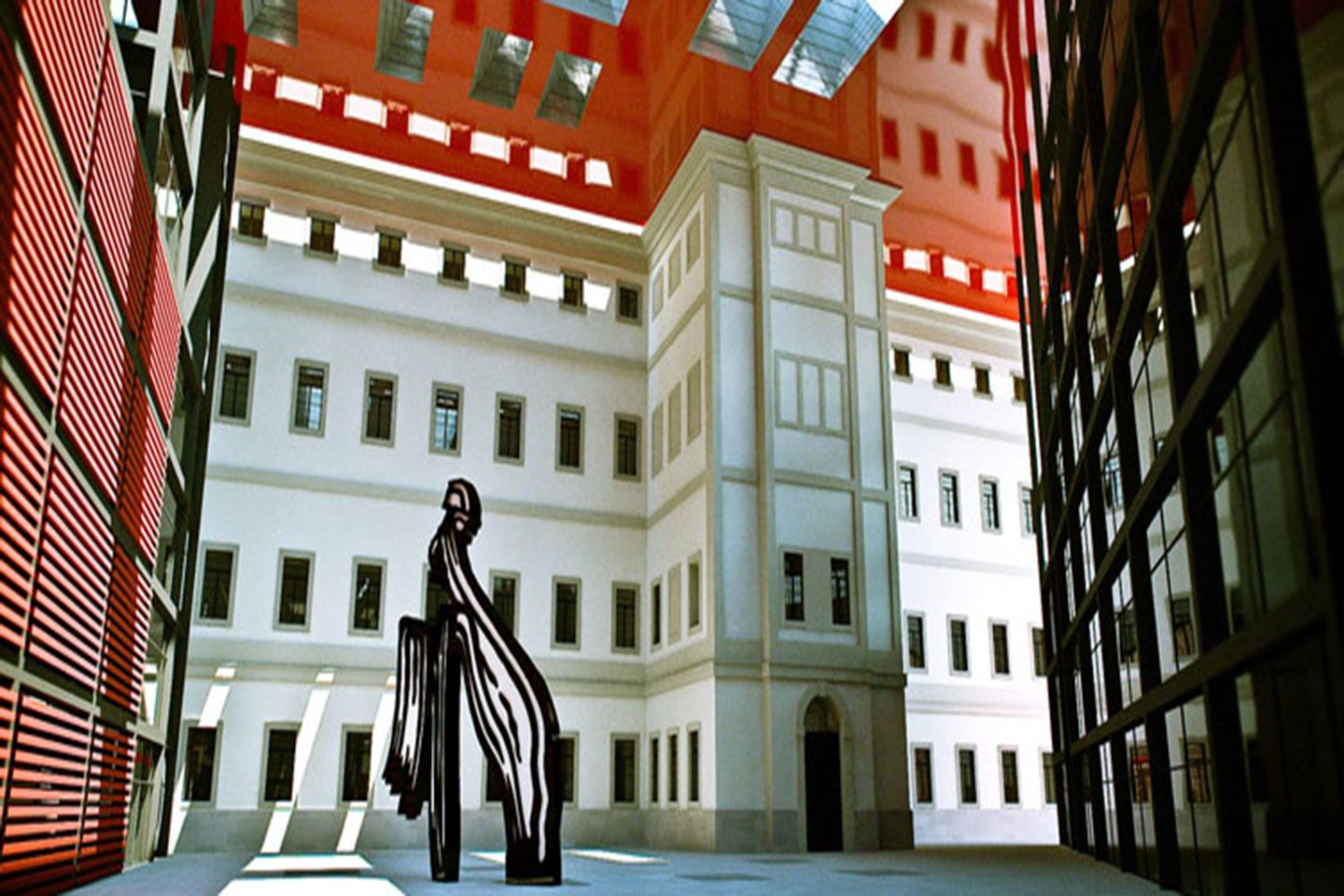Project Description
MADRID – UNKNOWN MUSEUMS
Languages available: EN SPA FR
Customizable tour: Yes
Recommended group size per guide: 25
Duration: 4-8 hours
DESCRIPTION – Madrid: Unknown Museums
In this architectural tour we will discover some of the unknown museums of the capital. They are divided into different areas: national museums, house-museums, workshop-museums and private museums.
Near the Retiro Park we will see the Naval Museum in Paseo del Prado, inaugurated in 1932 in its current location. With neo-Gothic influences and naval-themed decoration, it was the work of architects Francisco Javier Luque and José Espelius.
Nearby is the Museum of Decorative Arts, created in 1912 and located in an old palace built in 1878.
We will move to the Mapfre Foundation that has the Recoletos Room (opened in 2008), located in the building built by architect Agustín Ortiz de Villajos for the Duchess of Medina de las Torres.
Nearby, next to Serrano Street, we will see the National Library of Spain (1896). Here you will find copies of all the books published in Spain, as well as a special collection of manuscripts, drawings, records, photographs, etc.
Following our way and next to Plaza de Colón we will see the Wax Museum (1972). Walking or by public transport we will reach the Sorolla Museum that preserves the original atmosphere of the artist’s house and studio and has the largest collection of his works.
We will finish the route walking to the Lázaro Galdiano Museum. Located in an old building on Serrano Street and inaugurated in 1951, it houses an excellent art collection that includes works by Goya, El Greco, Zurbaran and Bosch, as well as bronzes, ceramics, glass, textiles, medals and weapons of exceptional value.
The tour can be extended up to 8 hours by adding more visits:
We will continue to see the Railway Museum. Located in the old station of Madrid-Delicias, work of the French engineer Émile Cachelièvre.
The Cerralbo Museum is located in what was the house-palace of the XVII Marquis of Cerralbo, decorated with neo-baroque and rococo elements.
In the Municipal Printing Press (XIX century) you can find many pieces among which are a printing press of the seventeenth century, a press of 1789 or a typewriter Planeta 1930.
The emblematic building where the Espacio Fundación Telefónica is located and inaugurated in 1930, became the first skyscraper in Europe.
The Royal Tapestry Factory (1721) is located in a neo-Mudejar building and you can see unique pieces from all over the world. Not to be forgotten is the historic garden, which has most of its original elements.
Inaugurated on April 29, 1875 by King Alfonso XII as “Anatomical Museum” but known as the National Museum of Anthropology has samples of physical anthropology as well as antiques and ethnographic objects of peoples from all continents.




